AI Engineering Guides
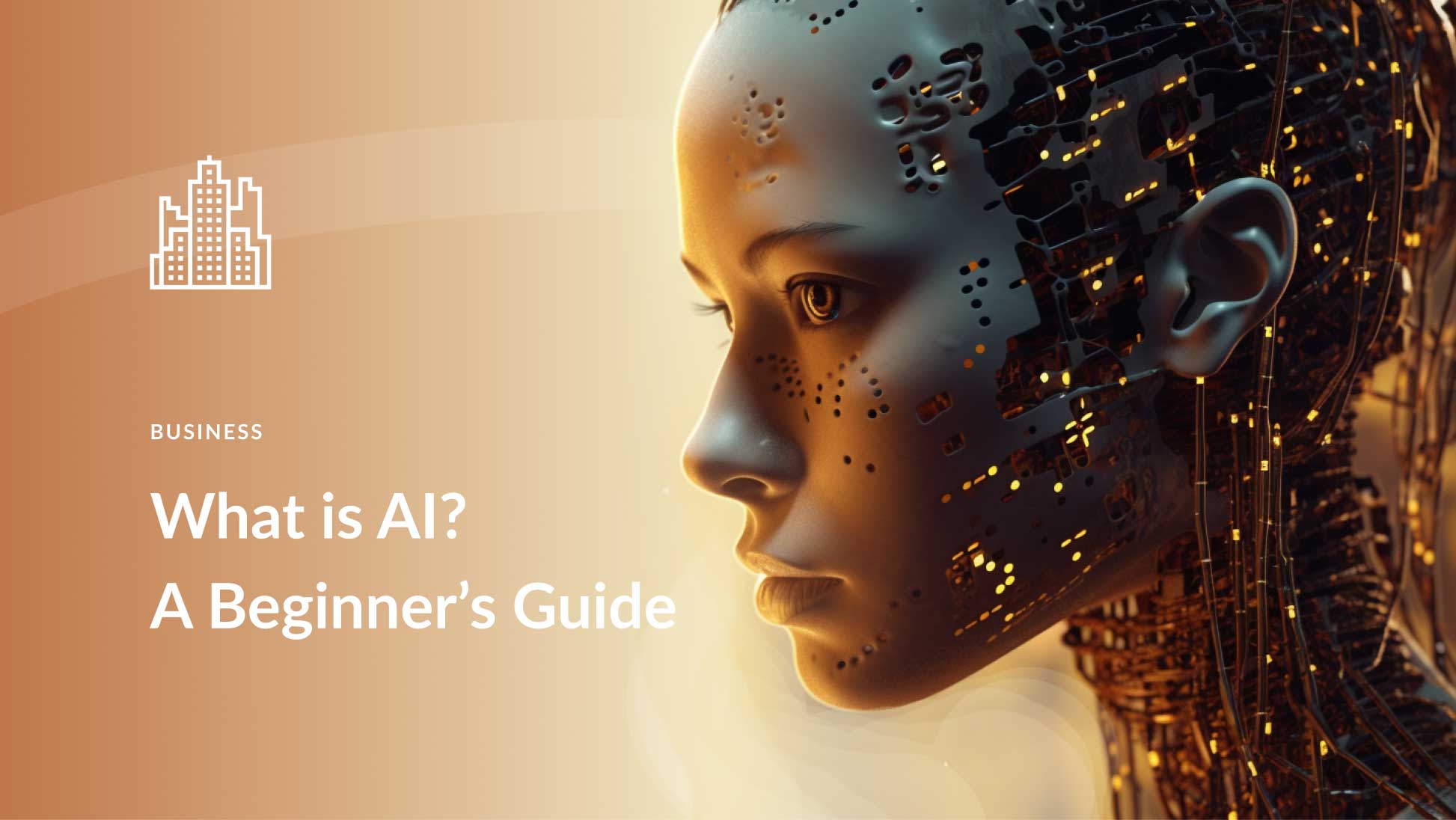
📚 A Must-Read (and Build!) list for Aspiring AI Engineers

Learn how modern AI systems retrieve relevant context before generating responses using embeddings and RAG. This guide curates the best tutorials and blogs to help you master vector databases, dense retrieval, and RAG pipelines—with hands-on projects.

Mastering prompt engineering is essential for getting consistent, accurate, and safe responses from large language models. This guide curates the most useful resources to help you understand patterns, pitfalls, and powerful prompting strategies.
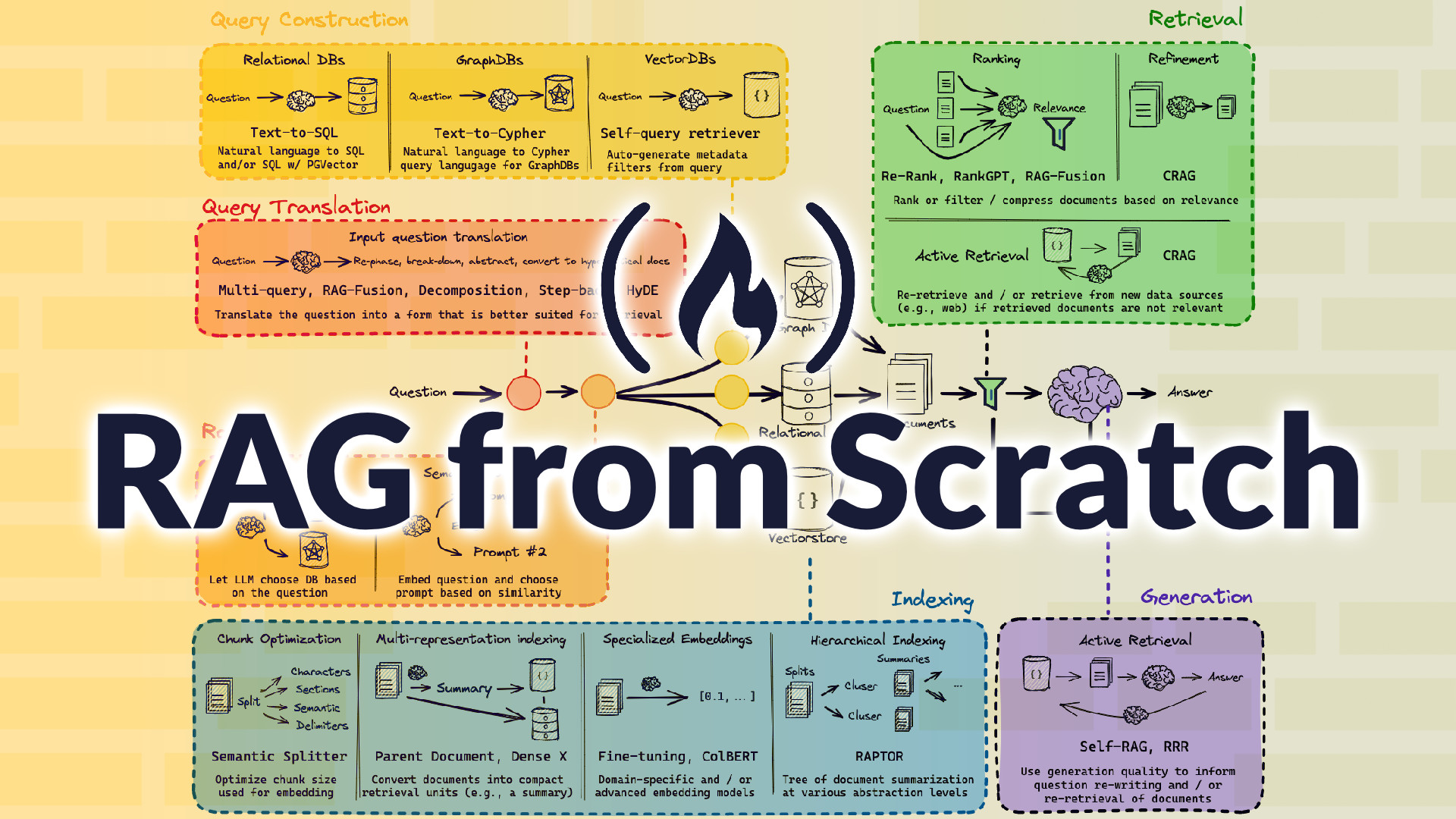
This guide walks you through building a Retrieval-Augmented Generation (RAG) application from scratch using Python. You’ll go from understanding the theory to deploying a functional text-based Q&A system using real documents and LangChain.

Explore how Retrieval-Augmented Generation (RAG) is applied in real-world production systems across industries. Then, follow a hands-on process to build a full RAG pipeline tailored to an actual business need.

Learn how to build scalable, reliable RAG systems using LangGraph and LangChain. This guide walks through core concepts, architecture choices, and evaluation techniques using LangSmith—ideal for developers aiming to deploy robust applications in production.

Learn how to build and evaluate production‑ready AI agents using LangGraph and LangSmith.
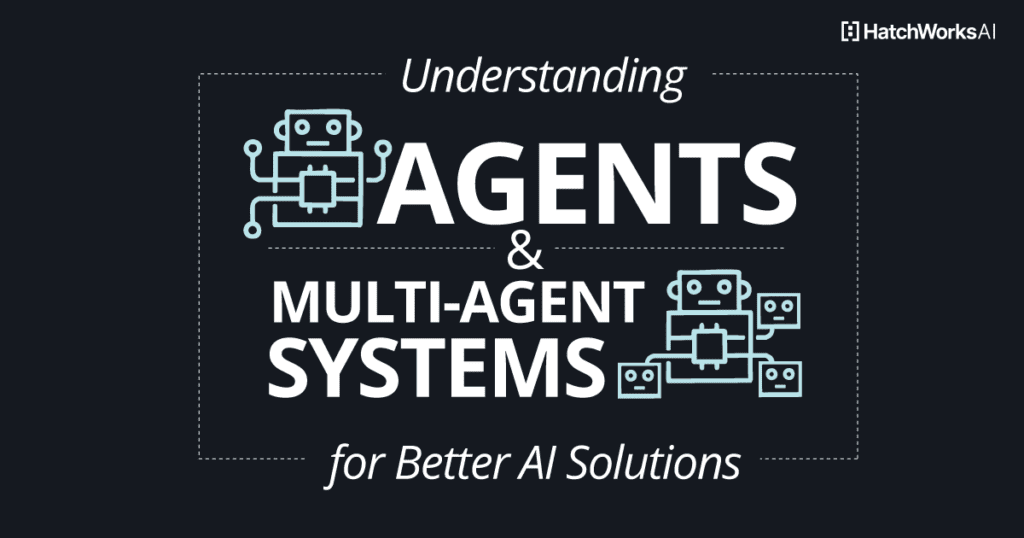
Explore how LangGraph and LangSmith enable developers to build production-ready multi-agent workflows, coordinating multiple intelligent agents to solve complex tasks.
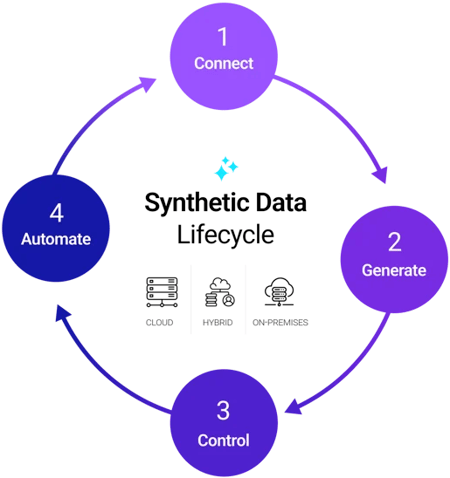
Learn how to generate high‑quality synthetic datasets using LLMs like GPT‑4 to evaluate and benchmark Retrieval‑Augmented Generation (RAG) and agentic AI systems efficiently and at scale.

Learn to build RAG and agentic apps using LangGraph and evaluate them quantitatively with the RAGAS (Retrieval‑Augmented Generation Assessment Suite) framework.

Explores pre‑ and post‑retrieval techniques—including chunking, indexing, query expansion, reranking, and hybrid search—for improving RAG pipeline effectiveness.

Explore best practices in agentic reasoning, covering planning, reflection, and multi-step logic within AI agents. Build a deep research agent using open-source frameworks like LangGraph and use modern evaluation tools to measure performance.

Explore how to build reasoning and planning-powered AI agents using LangGraph, with tools for reflection, evaluation, and observability.

Learn how combining contextual embeddings with BM25 and reranking significantly boosts retrieval quality in RAG systems.

Learn how to build code-writing agents and computer-use agents using Hugging Face’s SmolAgents library.

Learn how to turn LangChain prototypes into scalable APIs using LangServe and a hands‑on article showing how to integrate LangServe into production workflows.
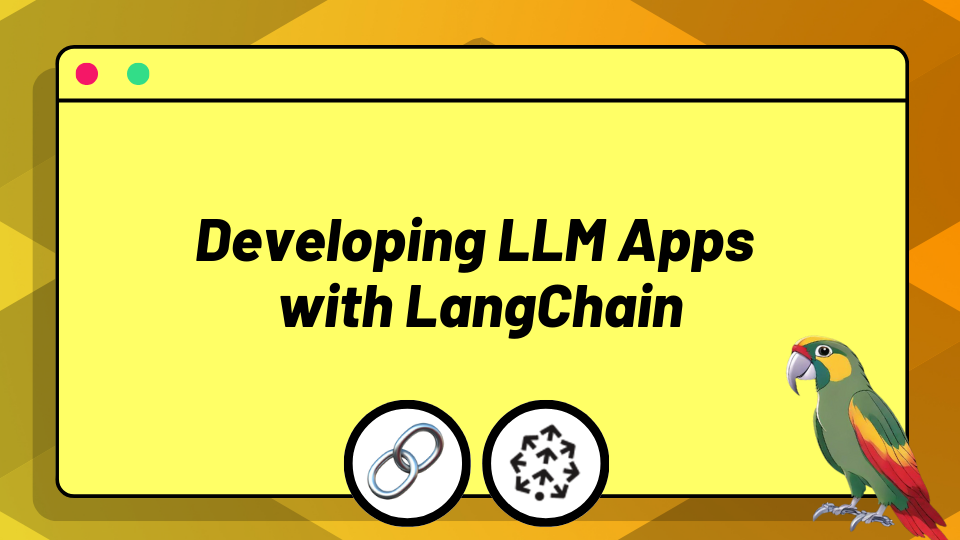
Walkthrough of deploying LLM-powered agents via LangGraph Platform and using LangSmith to monitor, debug, and evaluate through rich tracing and visual dashboards. A practical guide to moving from prototype to production.

Build enterprise-grade RAG and agent workflows entirely on-premises — covering compute setup, vector databases, and agent orchestration.